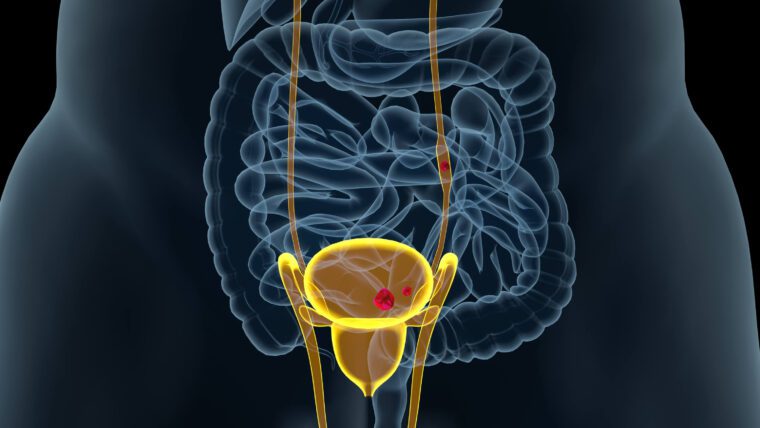Urinary incontinence is a common condition that affects millions of people worldwide. It is defined as the involuntary leakage of urine from the bladder, which can be embarrassing and have a significant impact on a person’s quality of life. Urinary’s incontinence can occur in men and women of all ages, but it is more common in women, particularly those who have given birth or gone through menopause. In this article, we will explore the causes, symptoms, and treatments for urinary’s incontinence.
Causes of Urinary Incontinence:
There are several causes of urinary’s incontinence, including:
- Weak pelvic floor muscles
- Damage to the nerves that control the bladder
- Enlarged prostate in men
- Menopause in women
- Pregnancy and childbirth
- Obesity
- Certain medications
- Chronic coughing
- Neurological conditions such as Parkinson’s disease and multiple sclerosis
Symptoms of Urinary Incontinence:
The symptoms of urinary’s incontinence can vary depending on the type of incontinence. There are four types of urinary’s incontinence:
- Stress incontinence – This is the most common type of incontinence, which occurs when pressure is placed on the bladder, such as when coughing, sneezing, or exercising.
- Urge incontinence – This occurs when there is a sudden, intense urge to urinate, followed by an involuntary loss of urine.
- Overflow incontinence – This occurs when the bladder doesn’t empty completely, leading to frequent dribbling of urine.
- Functional incontinence – This occurs when physical or cognitive impairments prevent a person from reaching the bathroom in time.
Treatments for Urinary Incontinence:
Urinary incontinence is a common condition characterized by the inability to control urination. The treatment options for urinary incontinence can range from simple exercises to medication or even surgery, depending on the type and severity of the condition. Here are some treatment options:
- Behavioral Techniques: This can include bladder training (delaying urination after getting the urge to pee), double voiding (urinating, then waiting a few minutes and urinating again), scheduled toilet trips, and fluid and diet management.
- Pelvic Floor Muscle Exercises: Also known as Kegel exercises, these can help both men and women who have urinary incontinence. These exercises strengthen your urinary sphincter and pelvic floor muscles, which control urination.
- Medications: Different medications can be used to calm an overactive bladder or relax bladder muscles. Medications used include anticholinergics, Mirabegron (Myrbetriq), alpha blockers, topical estrogen, and others.
- Medical Devices: For women, devices like urethral inserts or pessaries can be used.
- Interventional Therapies: This category includes treatments like Botox injections into the bladder muscle, nerve stimulators, and bulking material injections.
- Surgery: If other treatments aren’t working, several surgical procedures can improve or cure incontinence. These procedures may include sling procedures, bladder neck suspension, prolapse surgery, or artificial urinary sphincter (primarily for men).
Treatment depends on the type of urinary incontinence, the severity of your symptoms, and the underlying cause, so it’s important for anyone dealing with this issue to discuss these options with a healthcare provider to determine the most appropriate approach.
Please consult with a healthcare professional for advice tailored to your specific circumstances. This information is intended to be general in nature and may not apply to every individual’s situation.
FAQs
Can urinary incontinence be prevented?
Urinary’s incontinence can be prevented by maintaining a healthy weight, staying hydrated, and avoiding bladder irritants such as caffeine and alcohol.
When should I see a doctor about urinary incontinence?
You should see a doctor about urinary incontinence if it is impacting your quality of life or if it is accompanied by other symptoms such as pain or blood in the urine.
Is urinary incontinence a normal part of aging?
No, urinary incontinence is not a normal part of aging. While it is more common in older adults, it is not a normal part of the aging process.
Conclusion
Urinary incontinence can be an embarrassing and frustrating condition, but it’s important to know that it’s common and treatable. By understanding the causes, symptoms, and treatments for urinary incontinence, you can take steps to manage the condition and improve your quality of life. If you are experiencing urinary incontinence, talk to your doctor about the best treatment options for you.




